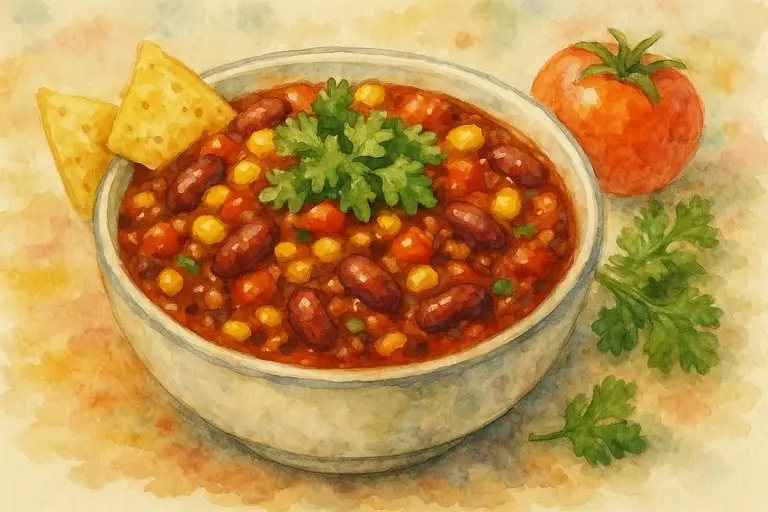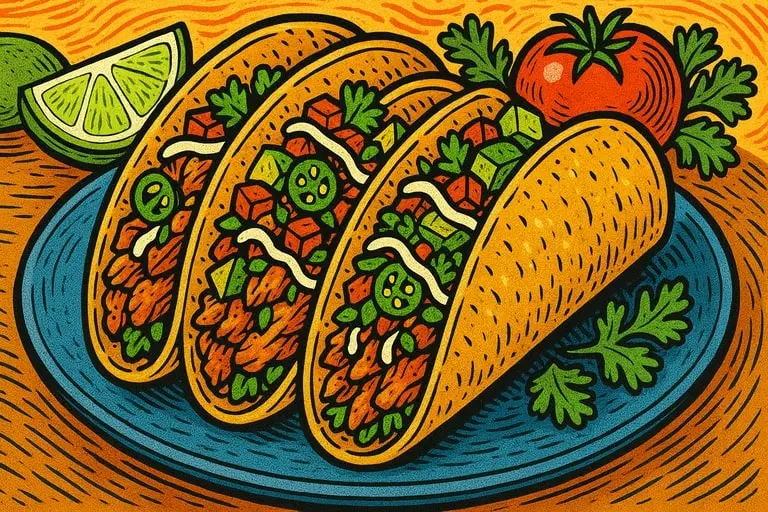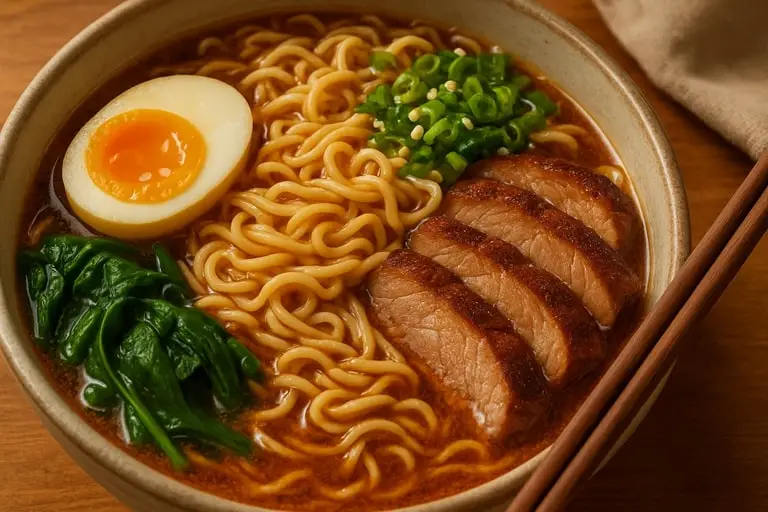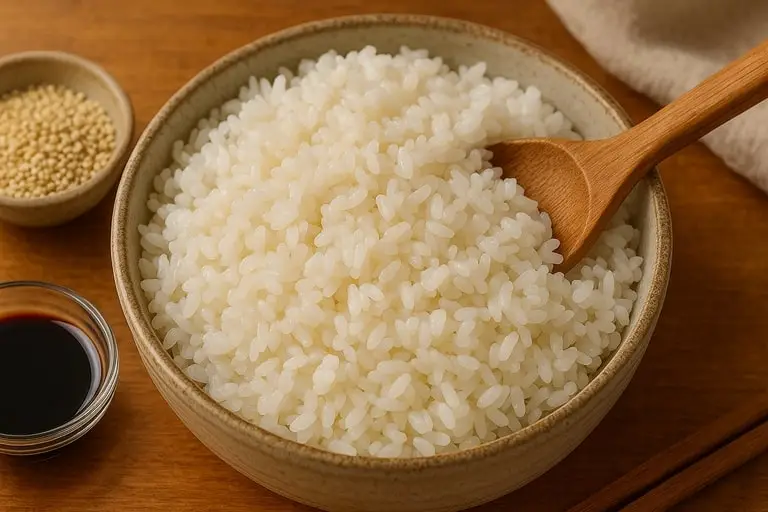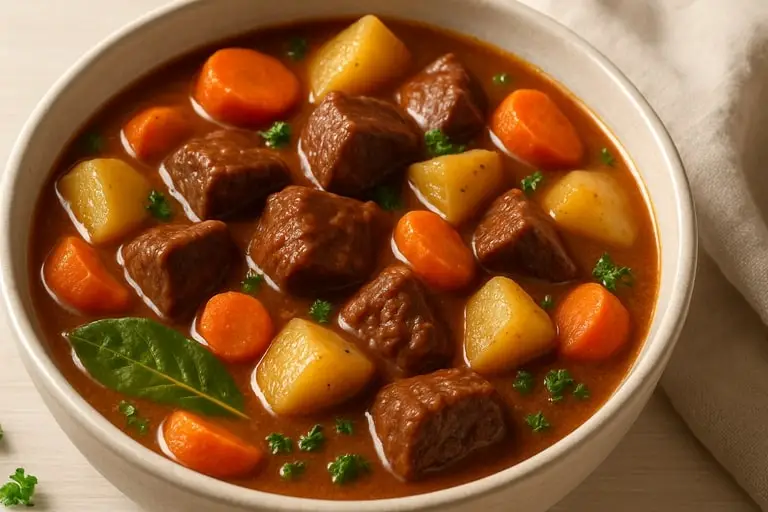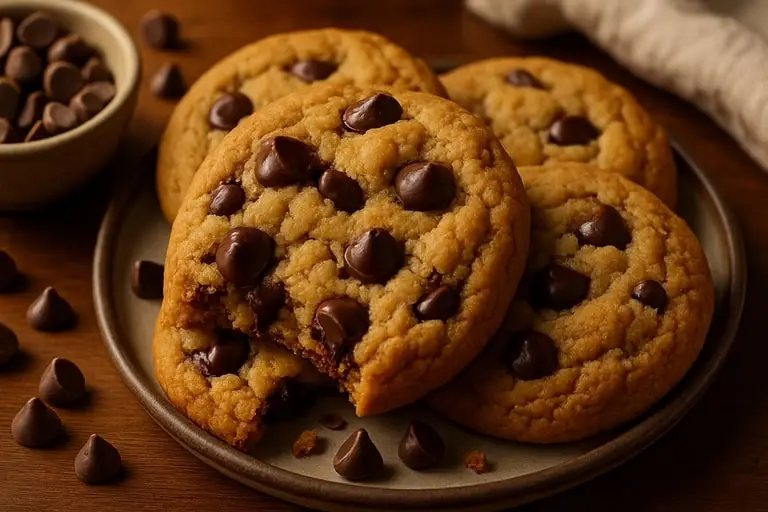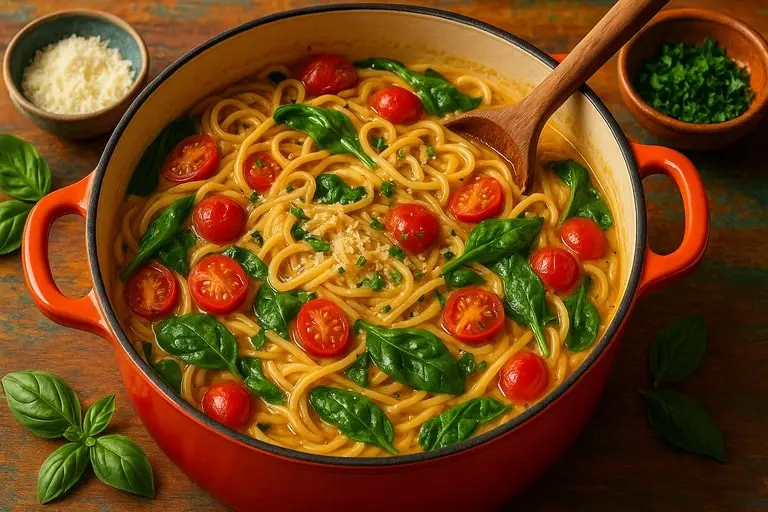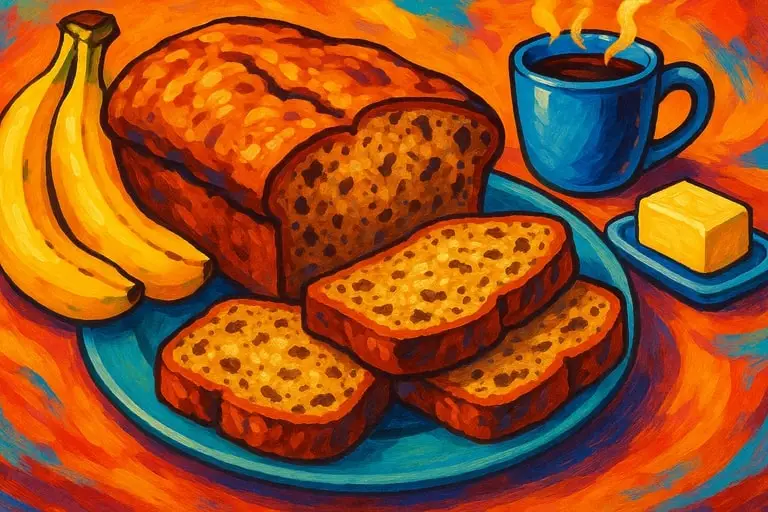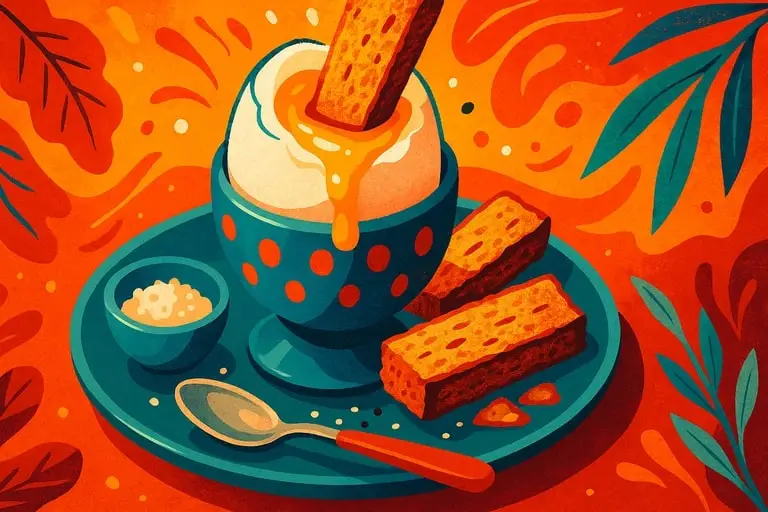Modern art movements shape how we see cities, design our homes, plan trips, and even make business decisions. Far from being confined to museums, they filter into packaging on your morning coffee, the interface on your phone, and the selection of colors trending in fashion. When people say art is everywhere, they are describing a cultural ecosystem where galleries, streets, screens, and classrooms continually exchange ideas. The result is a living vocabulary of forms and meanings that helps us decode the present.
At their best, these movements connect historical breakthroughs to today’s experiments in materials and media. Early avant-gardes cracked open the image; later innovators widened the frame to include performance, photography, video, and immersive installations, laying the ground for today’s contemporary painting styles. This evolution taught audiences to read process, not just subject, and to value questions as much as answers. The museum wall label is only the starting point; context, technique, and cultural dialogue do the rest.
Seasoned curators and educators rely on a simple method to build that dialogue: look closely, connect widely, and return often. Close looking unpacks gesture, texture, and composition; wide connections relate what you see to social histories and technological shifts; returning lets insights mature with time. This framework turns viewing into active thinking and makes a gallery visit feel as relevant as a good book club. It also trains the eye to spot patterns across disciplines, from architecture to product design.
The spillover into lifestyle is immediate—think color blocking on sneakers, asymmetric tableware, or restaurant murals that turn dining into a photo-worthy event. Designers borrow from abstract creativity to balance tension and harmony, a trick that also helps content creators stage more engaging visuals. Travelers navigate cities through art maps, seeking out biennials and neighborhood murals as anchors for exploration. Even without formal study, repeated exposure builds visual literacy, raising the floor for cultural conversation.
Technology accelerates this exchange by expanding where and how work appears. Digital studios prototype installations in 3D before a single nail is hammered; creators publish sketch-to-finish reels that demystify process; audiences attend virtual walk-throughs that preview shows before booking flights. These tools don’t replace the tactile charge of encountering materials in person, but they do broaden access and make participation more equitable. As platforms mature, expect richer collaborations between coders and makers, where form and function meet in public-facing experiments.
For brands, the stakes are higher than decoration. Partnerships with artists can humanize products, translate values into form, and give campaigns a longer shelf life than trend-of-the-week advertising. The key is reciprocity: compensate fairly, protect authorship, and commission work that empowers creative voices rather than flattening them into slogans. Done right, an artwork can become a strategic asset, enhancing loyalty and turning customers into advocates who share the story behind what they buy.
Ultimately, modern art movements in culture encourage communities to ask, “What does this say about us now?” That question reframes taste as a civic practice, not a luxury—one linked to local histories, education, and shared public space. People who follow visual arts trends learn to parse signals without being swayed by hype, a habit that carries over to news, technology, and finance. In that sense, modern art movements are less about style than about learning to look with care and act with intention.
Modern art movements and the business of culture
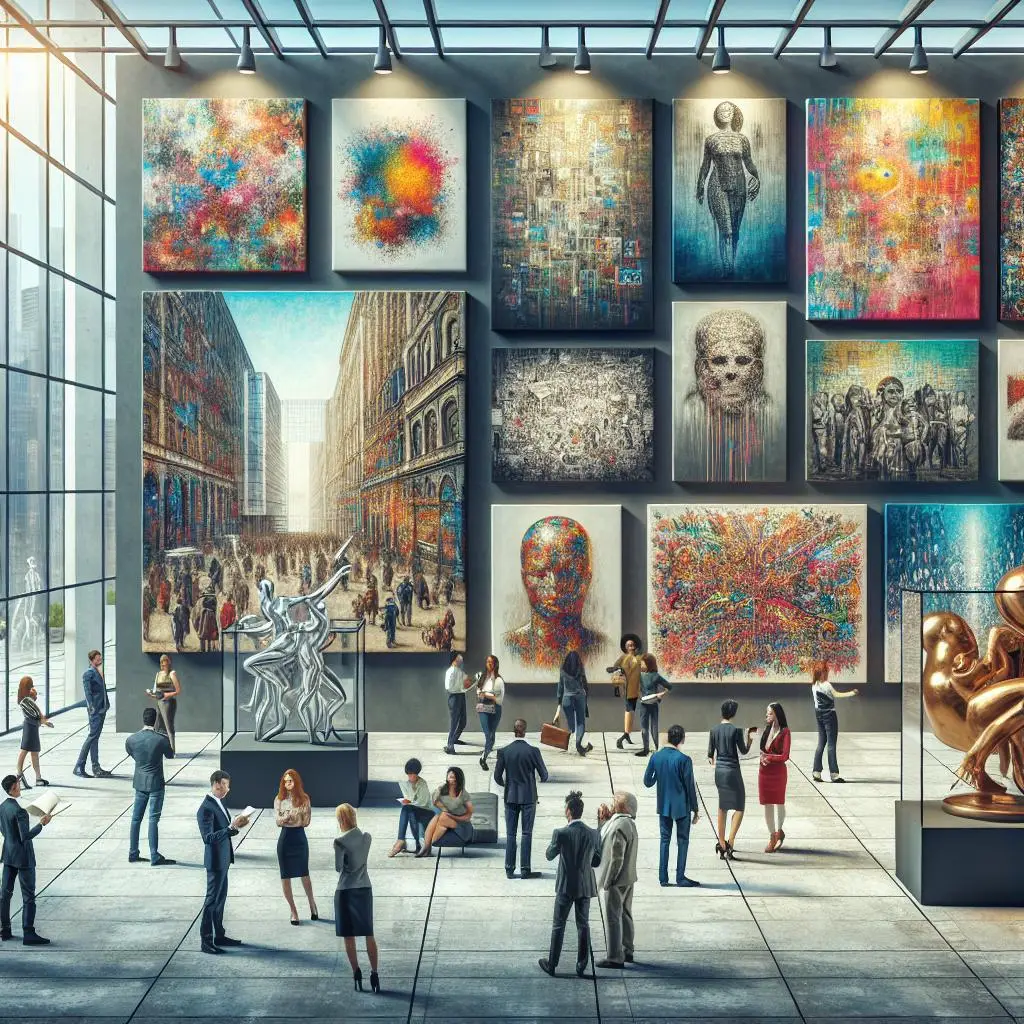
Creative economies thrive when institutions, cities, and companies treat artists as partners rather than vendors. Commissioned works, co-designed products, and curated spaces can expand audiences while respecting the integrity of the studio. The smartest leaders weigh long-term cultural value alongside short-term metrics, because resonance compounds like interest. That mindset reframes art from discretionary spend to strategic infrastructure.
At the organizational level, integrate art programs with core goals instead of siloing them as perks. An artist-in-residence initiative can generate prototypes and internal workshops that spark abstract creativity in teams facing stagnation. Lobby installations can function as brand touchpoints and genuine placemaking, encouraging dwell time and repeat visits. The differentiator is stewardship: setting standards for care, context, and continuity so that each project adds to a coherent narrative.
For content strategy, think like a curator. Publish behind-the-scenes features, studio interviews, and process notes that translate sophisticated ideas without dumbing them down. Audiences appreciate clarity and candor, and search engines reward consistent, high-quality storytelling about modern art movements. Over time, this library of knowledge becomes an asset, attracting collaborators who value depth over spectacle and raising your authority across platforms.
Community engagement is the other pillar. Festivals and open studios create porous boundaries between makers and neighbors, circulating energy that lasts beyond a single weekend. Programs that center local histories—oral archives, neighborhood walks, and intergenerational workshops—demonstrate modern art movements in culture as a lived practice. When commissioning public work, involve residents early, not as a final checkbox, and track outcomes beyond attendance. Trust grows when people see their voices in the final piece.
On the product side, artists translate complex themes into tangible form, from wearable editions to packaging that invites reuse. Collaborating on capsule collections works best when design briefs respect contemporary painting styles rather than forcing them into rigid brand guidelines. Contracts should clarify reproduction rights, timelines, and resale terms so that both sides understand where value flows. When the structure is sound, creativity takes healthy risks, and the results feel inevitable rather than opportunistic.
Data can help without hijacking the process. Track visitor pathways, time-on-art, and social sentiment to learn what resonates—and why. Read these metrics alongside curatorial intent and visual arts trends to avoid chasing novelty for novelty’s sake. The aim is not to optimize mystery out of art, but to remove friction that keeps audiences from encountering it.
Even urban development benefits from alignment with art movements modern. Cultural corridors anchored by studios, libraries, and small venues create night-and-day vitality that supports cafés, bookstores, and safe streets. Developers who fund permanent exhibition space and affordable workrooms build goodwill that outlasts economic cycles. In such ecosystems, Modern art movements become a renewable resource: they attract talent, generate stories, and anchor identity without exhausting the neighborhood’s soul.
Visual arts trends shaping cities, wellness, and work
Health research and workplace design increasingly recognize that what we see affects how we feel and perform. Thoughtfully curated environments reduce stress, prompt reflection, and nudge conversation, whether in clinics, classrooms, or co-working spaces. A reception area with textured materials and honest light reads differently from one filled with glossy, generic prints. When we choose to surround people with quality, we signal that their time matters.
Cities learn the same lesson at scale. Murals, sculpture gardens, and artist-led wayfinding make neighborhoods legible and lovable, encouraging walking and local commerce. As districts identify with art movements modern, they move beyond single attractions to cultural routes that connect residents and visitors through shared experiences. The best signage and programming invite slow looking—benches placed for shade, labels written for clarity, and events timed for different schedules.
Inside organizations, creativity is not a talent lottery but a set of conditions. Leaders can schedule “open studio” hours for teams to explore materials and techniques that mirror abstract creativity—collage to rethink roadmaps, drawing to test spatial logic, or quick printmaking to prototype interfaces. These practices cultivate psychological safety and cross-disciplinary trust, which are prerequisites for innovation. When outcomes improve, people trace the change back to a culture that values experimentation.
Education connects the dots early. Project-based curricula that analyze contemporary painting styles alongside science and history teach students to interpret evidence across modes. Reading an artwork’s composition builds the same muscles as reading a dataset: you frame questions, test interpretations, and revise. Schools that partner with local artists also model viable creative careers, expanding horizons beyond a narrow set of professions.
For individuals, building a personal collection—postcards, prints, studio ceramics—can be more meaningful than chasing status pieces. Start with what compels you, learn the story, and live with the work before scaling up. This approach keeps modern art movements grounded in daily life rather than locked behind glass. Over years, your walls will chart a biography of places visited, ideas encountered, and communities supported.
Digital life can amplify or dilute these gains. Algorithms flatten nuance when they favor spectacle, but they also surface underrepresented voices when used intentionally. A balanced practice might pair slow gallery time with online studio talks, and public artworks with accessible captions that demystify process. In the long run, modern art movements thrive when discovery is social and learning is shared.
Policy makers can catalyze momentum by establishing clear guidelines that protect artists, encourage maintenance, and invite collaboration across sectors. Percent-for-art ordinances, portable collections for clinics and libraries, and fair commissioning standards create robust pipelines for creation and care. As modern art movements intersect with transportation, housing, and parks, the city itself becomes a studio—a place where vision translates into structures we inhabit every day.
Modern art movements in culture have redefined the way societies perceive creativity, identity, and the meaning of visual expression. The phrase modern art movements in culture itself reflects a dynamic dialogue between artistic innovation and the broader social changes that frame human history. When painters, sculptors, and designers began experimenting with new forms in the late nineteenth and early twentieth centuries, they were not only creating artworks but also reshaping cultural narratives, offering audiences new ways to interpret the rapidly changing world around them.
What makes modern art movements in culture so influential is their ability to merge aesthetics with social commentary, challenging traditions while reflecting the hopes, fears, and transformations of entire generations. The Impressionists, for instance, were more than just painters of light and fleeting moments; they represented a cultural break from academic standards, showing how ordinary scenes could carry extraordinary emotional resonance. This early push against convention set the tone for what modern art movements in culture would continue to embody: a refusal to accept static definitions of beauty or meaning.
As the twentieth century advanced, modern art movements in culture became more radical and experimental. Cubism fragmented reality into geometric forms, questioning the very nature of perception. Futurism celebrated technology and speed, embodying a cultural fascination with progress and industrial power.
Dadaism, on the other hand, was born from disillusionment during World War I, mocking logic and order to reveal the absurdities of society. Each of these movements demonstrates how modern art movements in culture were never isolated practices; they were responses to the cultural, political, and technological contexts of their time. They pushed viewers to confront uncomfortable truths, offering art not only as decoration but as provocation.
Another essential dimension of modern art movements in culture is their global resonance. While Europe was the birthplace of many well-known movements, the ripple effect spread worldwide, influencing Latin American muralists, Asian modernists, and African artists who fused local traditions with avant-garde principles.
By doing so, modern art movements in culture helped create a global vocabulary of expression, proving that innovation in art could travel across borders and adapt to different cultural needs. The cultural value lay not only in style but also in the inclusiveness of voices that reinterpreted modernism in diverse contexts.
The rise of Abstract Expressionism in post-war America demonstrated yet another cultural shift. In a society seeking to assert itself as a new cultural leader, artists like Jackson Pollock and Mark Rothko transformed the canvas into a stage for raw emotion and philosophical reflection. Here, modern art movements in culture were tied to ideas of freedom, individuality, and the existential condition of humanity in an uncertain world. Their works invited audiences to feel rather than analyze, to stand before color fields or dynamic splatters and encounter their own emotions mirrored back at them.
Beyond painting and sculpture, modern art movements in culture extended to architecture, design, photography, and performance. The Bauhaus movement exemplified how culture could merge with functionality, turning everyday objects and buildings into works of modern art that served society as much as they inspired it.
Photography, once seen as a mere tool of documentation, became a powerful cultural force in the hands of modernist visionaries who framed reality in new and thought-provoking ways. Performance art pushed boundaries further, using the human body itself as a medium of expression, questioning cultural norms and political ideologies directly through lived action.
In the contemporary era, modern art movements in culture continue to evolve, inspiring digital, conceptual, and socially engaged practices. Cultural institutions, museums, and galleries worldwide present exhibitions that trace the legacy of earlier movements while exploring how modernism influences today’s creative landscapes.
Street art and urban interventions show how the spirit of rebellion and innovation remains alive, connecting public spaces with cultural identity and community narratives. Artists today draw upon the lessons of Cubism, Surrealism, Minimalism, and other key movements, reinterpreting their methods to address pressing issues such as climate change, migration, and social justice.
Ultimately, modern art movements in culture reveal that art is inseparable from the human condition. They show how creativity can challenge power, inspire empathy, and reimagine possibilities for the future. Whether through the brushstrokes of Van Gogh, the fragmented forms of Picasso, or the radical installations of contemporary visionaries, these movements form a cultural mirror, reflecting both the triumphs and contradictions of the societies that produced them.
The endurance of modern art movements in culture lies in their ability to provoke dialogue, to remind us that culture is never static, and that through art, humanity continually negotiates the meaning of its existence.



